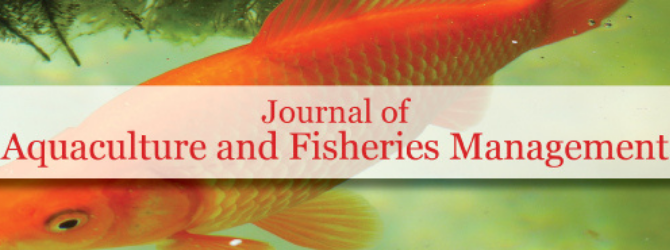
Sign up for email alert when new content gets added: Sign up
Persian Gulf is considered as special natural habitat for coral reefs and fishes, because of its high salinity and temperature. The role of sharks to preserve such a marine ecosystem cannot be overemphasized. Shark catching is forbidden in Qatar as an Islamic country; yet, there are many fishing boats as illegal shark hunters with export purposes. Therefore, there are few scientific documents about shark identification in this area. We used BRUV to identify the residential shark population in Halul Island; it seems that the obtained data definitely helps future projects aiming toward conservation of marine life. We deployed our BRUV system within 6-20m water depth in Halul Island (located in north East of Qatar in south of Persian Gulf. The assay repeated 3 times a day and lasted at least 2 hours. A total number of 19 successful deployments were done between September and October 2019. Our BRUV system recorded eleven separate species (2 out 10 were sharks) and 6 families of sharks and rays (1 out of 5 were sharks). The maximum number (MAX.N) of encounters was two. The time to first appearance was 8 to 54minutes. The species recorded include Carcharhinus melanopterus, Carcharhinus amblyrhynchos, Urogymnus asperrimus, Dasyatis pastinaca, Aetobatus narinari, Neotrygeo kuhlii, Rhinobatos rhinobatos, Torpedo marmorata, Narcine bancroftii and Himantura leopard. BRUV system is a viable and non -destroying method to study and identify sharks and rays.